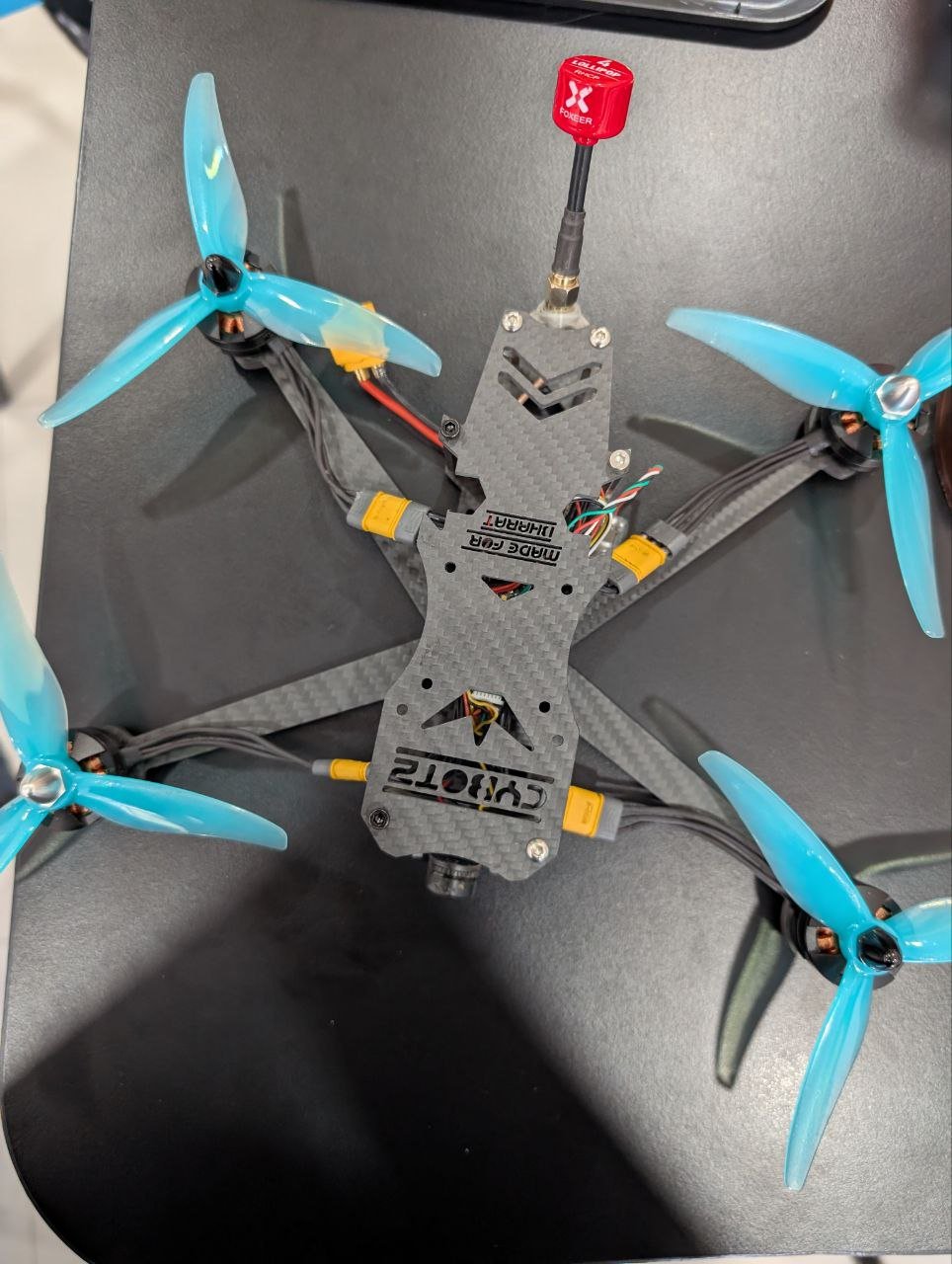Imagine building a robot that follows you around like a loyal puppy. Or a drone that soars through the sky like it’s on a mission from NASA. Cool, right?
But here’s the big question behind all that tech magic:
What’s actually controlling these things?
Spoiler alert: It’s not tiny elves. It’s microprocessors—the brilliant little brains that make your robots smart and your drones fly like pros.
Let’s dive into the awesome world of microprocessors in drones and robotics—no safety goggles required (unless your robot throws things).
What Are Microprocessors, Anyway?
Think of a microprocessor as the bossy brain of any smart system. It handles all the decision-making, data crunching, and command giving. If your drone is flying, dodging obstacles, and doing flips midair, it’s not magic—it’s the microprocessor calling the shots.
TL;DR: A microprocessor is the part of the drone or robot that says, “Hey motors, move left now!” or “Obstacle at 12 o’clock—swerve!”
Microprocessors in Drones: Why They’re Kind of a Big Deal
Drones aren’t just fun flying toys—they’re floating computers. And guess what? Microprocessors are what give them their brains, eyes, and reflexes.
What microprocessors do in drones:
- Control navigation and GPS
- Stabilize flight and process sensor data
- Enable automation (think: follow-me mode, object detection)
- Communicate with remote controls or mobile apps
Without a microprocessor, your drone is just a very expensive ceiling fan.
Role of Microprocessors in Robotics
Robots: walking, talking (sort of), rolling machines that do our bidding.
But how do they think? Enter microprocessors!
In robotic systems, microprocessors:
- Make decisions from sensor input (“Did I just bump into a wall?”)
- Control motors and movement (wheels, arms, grippers, etc.)
- Run algorithms for AI, speech recognition, or vision
- Connect with Wi-Fi or Bluetooth to talk to other devices
Microprocessors are basically the reason your robot isn’t just doing the electric slide in a loop.
STEM Lesson Plan: Let’s Build and Learn
Looking for a hands-on STEM lesson on microprocessors and robotics? Here’s a quick outline that brings the tech to life:
Objective:
Understand how microprocessors are used in drones and robotic systems to perform real-time tasks.
Materials:
- Raspberry Pi or Jetson Nano (microprocessors)
- Drone kit or robot chassis
- Sensors (gyroscope, GPS, ultrasonic, etc.)
- Python or C++ coding environment
- Student curiosity (non-optional)
Activities:
- Intro to Microprocessors
– Explain the basics of how they work using real-world analogies (e.g., drone = brain + body) - Build a Basic Robot or Drone Simulation
– Use Raspberry Pi to control LED blink or servo movement
– Hook up sensors to collect and react to data - Code It!
– Program the bot/drone to respond to sensor input (e.g., avoid walls or follow a path) - Real-World Discussion
– Analyze how drones use microprocessors in delivery systems, agriculture, or disaster rescue
Which Microprocessors Are Best for Drones & Robotics?
Here’s your cheat sheet for the best tech brains in the biz:
| Microprocessor | Great For | Bonus Feature |
| Raspberry Pi 4 | Beginner drone kits, AI bots | Full Linux system, camera support |
| Jetson Nano | AI-powered drones and vision robotics | 128-core GPU for real-time image tasks |
| BeagleBone Black | Custom robotic arms or IoT bots | Multiple I/O pins for expandability |
| Arduino Portenta H7 | Advanced microcontroller/microprocessor hybrid | Supports ML models on-device |
Want budget-friendly? Try the ESP32—cheap, wireless, and good enough for basic IoT-style robots.
Why Teach Microprocessors in Schools?
Because they’re the real deal behind future tech! Students who can program and build with microprocessors gain skills in:
- Robotics engineering
- AI & automation
- IoT systems
- Critical thinking and problem-solving
- Screaming “Why isn’t this compiling?!” less often (eventually)
Bonus: It makes STEM cool, hands-on, and, dare we say, a little sci-fi.
Real-World Microprocessor Projects for the Classroom
- Obstacle-Avoiding Robot with Raspberry Pi
- Soil-Monitoring Drone for Smart Farming
- Jetson Nano AI Bot That Recognizes Faces (and possibly judges them)
- ESP32-Powered IoT Rover that Tweets Weather Data
Wrap-Up: Drones Don’t Fly Without Brains
So the next time someone marvels at a drone doing a backflip or a robot that follows hand gestures, remind them it’s not just engineering—it’s the microprocessor magic.
And if your students start asking,
“Can I build one of those?”
Your answer should be:
“Yes. Let’s do it—and maybe even beat the school across town in the drone obstacle race.”

